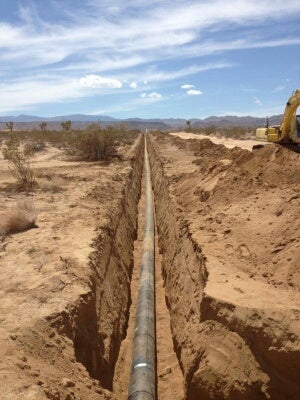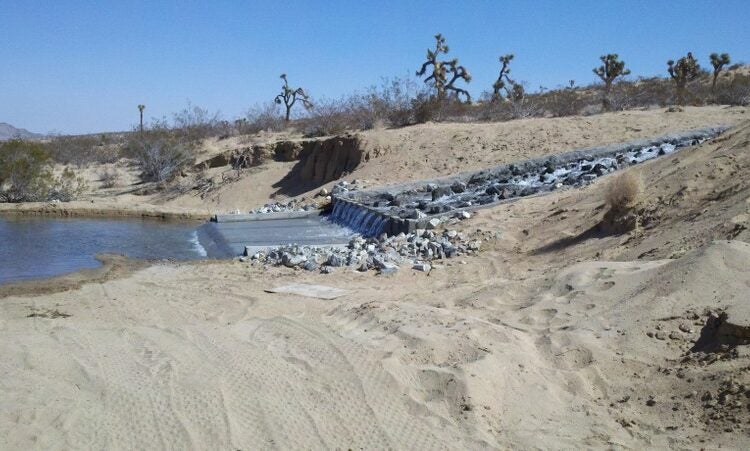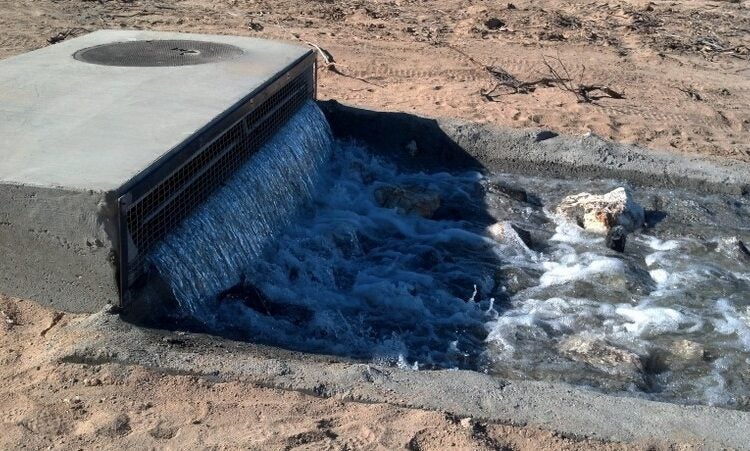Recharge Facilities
Delivering Water
The Mojave Water Agency has constructed several recharge facilities across our Service Area to facilitate delivering water from the State Water Project to the Mojave Desert region. Our first recharge facilities were constructed during the 1990s as part of the Morongo Basin Pipeline project. Our newest facilities to come online in just the last few years are detailed here.
Deep Creek
The Deep Creek recharge facility delivers water from the State Water Project directly to the Mojave River bed, south of Apple Valley. MWA’s Deep Creek and Rock Springs recharge facilities are located along the Mojave River, south of Rock Springs Road. These facilities take advantage of high percolation rates in the floodplain aquifer to recharge water directly upstream of the area with the highest groundwater pumping demand within MWA’s service area. The Deep Creek site consists of a pipeline extending south along the Mojave River from the Morongo Basin Pipeline. Construction of the pipeline, flow control facility and river outlet was completed in 2013. The turnout is planned to flow up to a maximum capacity of 70 cubic feet per second, recharging a maximum of approximately 40,000 acre feet per year.
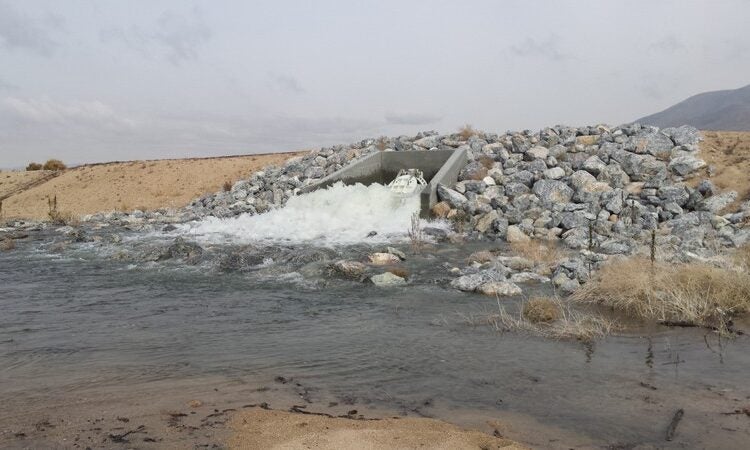
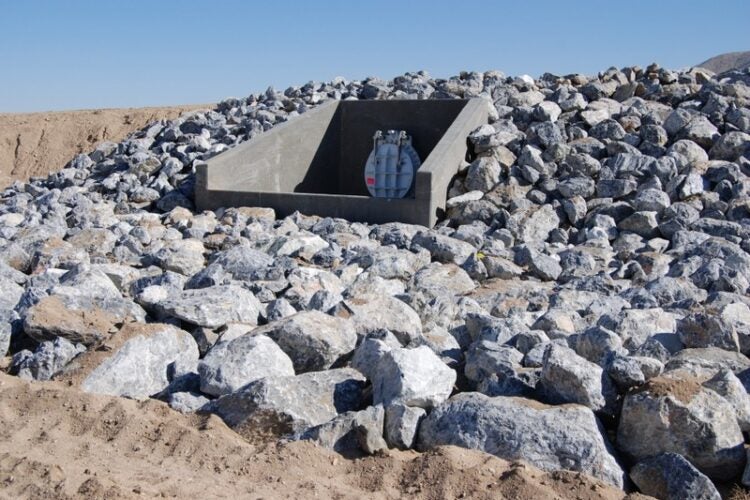
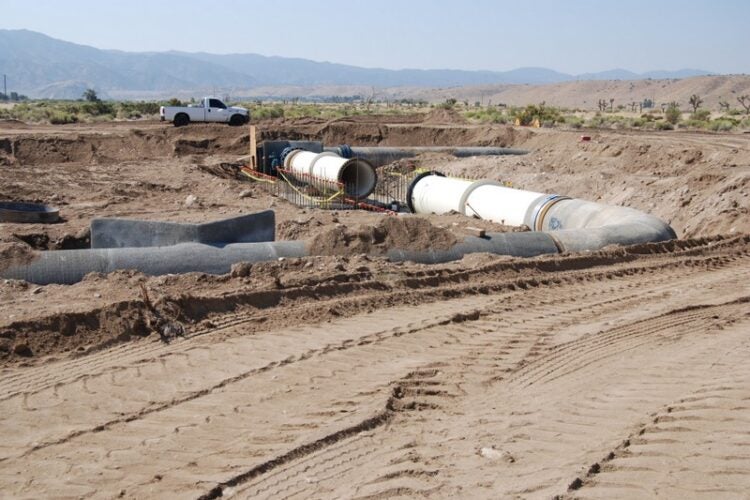
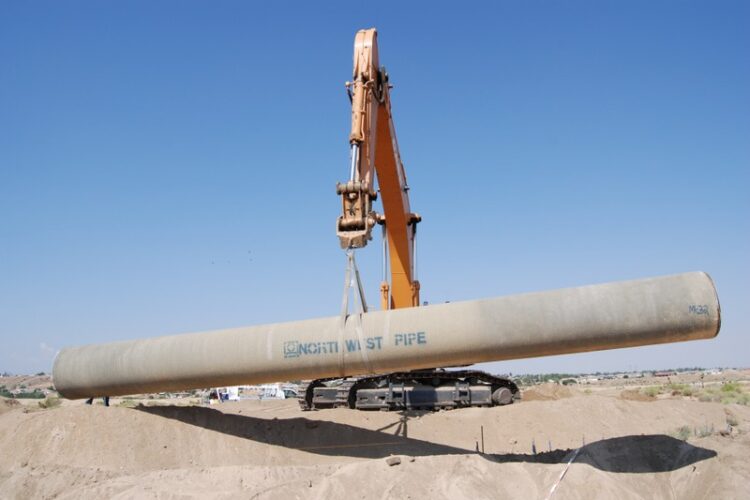
Amethyst Basin
The Amethyst Basin recharge facility delivers State Water Project water to recharge basins in the Oro Grande Wash, located west of I-15 and south of Bear Valley Road in Victorville. Water from the State Water Project is delivered to the recharge ponds through a pipeline that connects to the California Aqueduct at the Hwy 395 Turnout. This facility is being built in phases over the next several years, with a planned recharge capacity of 8,000 acre feet per year at build out.
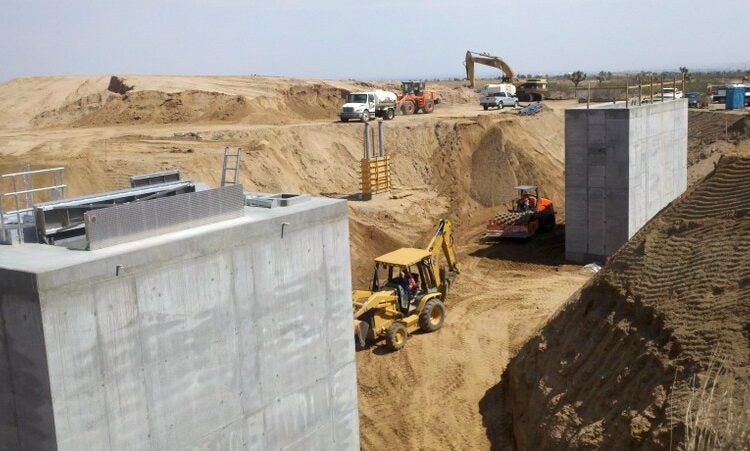
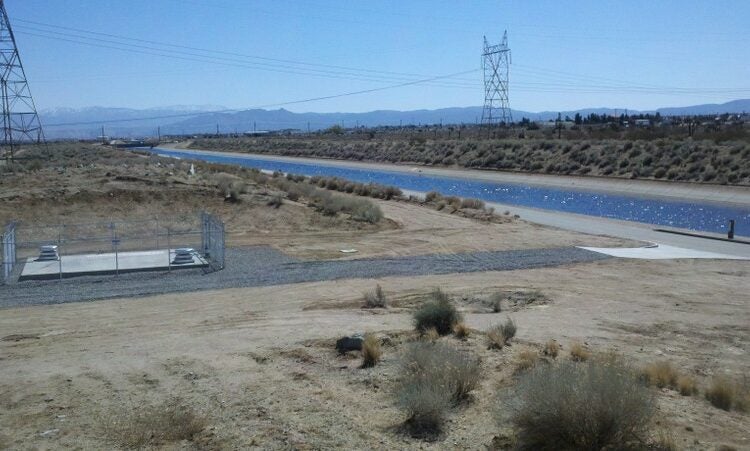
Ames-Reche
The Ames – Reche recharge facility delivers water from the State Water Project directly to the Pipes Wash in Landers, located north of Yucca Valley. The Ames – Reche facility consists of a pipeline extending west from the Morongo Basin Pipeline at Winters Road to an outlet in Pipes Wash. Construction of the pipeline, flow control facility and outlet was completed in 2014. The turnout is planned to flow up to a maximum capacity of 5 cubic feet per second, recharging a maximum of approximately 1,500 acre feet per year.
